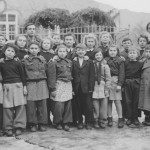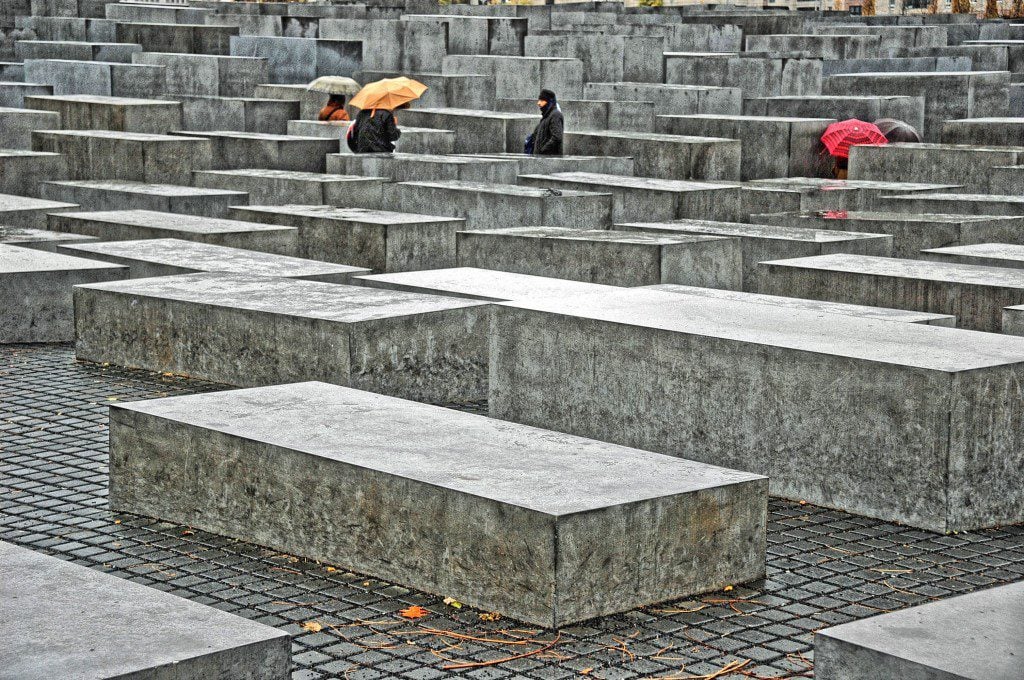Subtitled, “Life and Death in Hitler’s Concentration Camp for Women”
There’s a lot in this book; 650+ pages, incredibly detailed. I’ll just make a few observations:
1) The unspeakable cruelty of mass murder was not simply a matter of an extreme end result of racism on the part of Germans. (Remember Hitler’s Willing Executioners, which claimed that the German people, as a whole, were by their very nature murderously antisemitic?) In Treblinka and Sobibor and Chelmo, not to mention by means of the Einsatzgruppen, Jews were systematically gassed and otherwise killed, without even regard, as at Auschwitz, for their ability to work.
But Ravensbruck started out as a camp for “asocials” and political prisoners, and had prisoners of all nationalities and ethnicities; Jews and Gypsies were actually only brought to the camp when Auschwitz was evacuted. There were Poles — first from the Resistance and the intelligensia, later the entire female population of Warsaw after the Uprising — as well as French, Dutch, Norwegians and women of all nationalities, including the original Germans as well as a continued inflow, who were imprisoned for everything from Resistance work to the wrong ears hearing skepticism that the war would end, to being treated as “hostages” of sorts. And once a prisoner landed in Ravensbruck, however trivial the crime, the guards were (except with respect to individuals who managed to ingratiate themselves or otherwise acquire a certain degree of privilege) indiscriminate in choosing victims for beatings, shooting, or, in the last several months, gassing, caring, in the last of these cases, only whether a prisoner’s legs seemed to have half a chance of carrying her in a death march elsewhere.
In other words, Ravensbruck demonstrated not Germans’ ability to kill Jews, but man’s ability to kill, well, anyone, when social constraints are removed — though at the same time, there were glimpses of humanity or at least of objections by some, let’s say, unwilling executioners.
Nazi Germany was not unique. ISIS is not unique (see the latest report, on child executioners).
2) The ability of human beings to survive such abominable conditions always amazes me. The degree of starvation that these women, and other victims, endured, is beyond comprehension, but all the more so because, unlike the lifeless famine victims from a fundraising commercial, these women were still able (well, the survivors, anyway) to make it through one more day on the work detail, or the death march, or scavenging for something to eat.
3) At the same time, the difference between life and death is often described not (just) as those who managed to dodge beatings vs. those subjected to them, but as a matter of will — whether you pushed on forward or became a Muselmann, described by prisoners (from what I understand, pretty universally, at every camp) as someone who had simply lost that essential ingredient of the will to survive, and sure to die even if others at the same physical state survived.
Now, I’m not an expert, neither in Holocaust Studies nor in psychology. I’ve read a fair number of Holocaust memoirs, though, and I’ve never really understood this: was the survival of those who were just as starved, due to their greater mental toughness, or were the Muselmaenner simply physically weaker? By definition, of course, the Muselmaenner didn’t survive, so we don’t have their testimony. But when I read these sorts of Holocaust histories or memoirs, I ask myself, would I have had the fortitude to fight for one more day, day after day, in these conditions?












